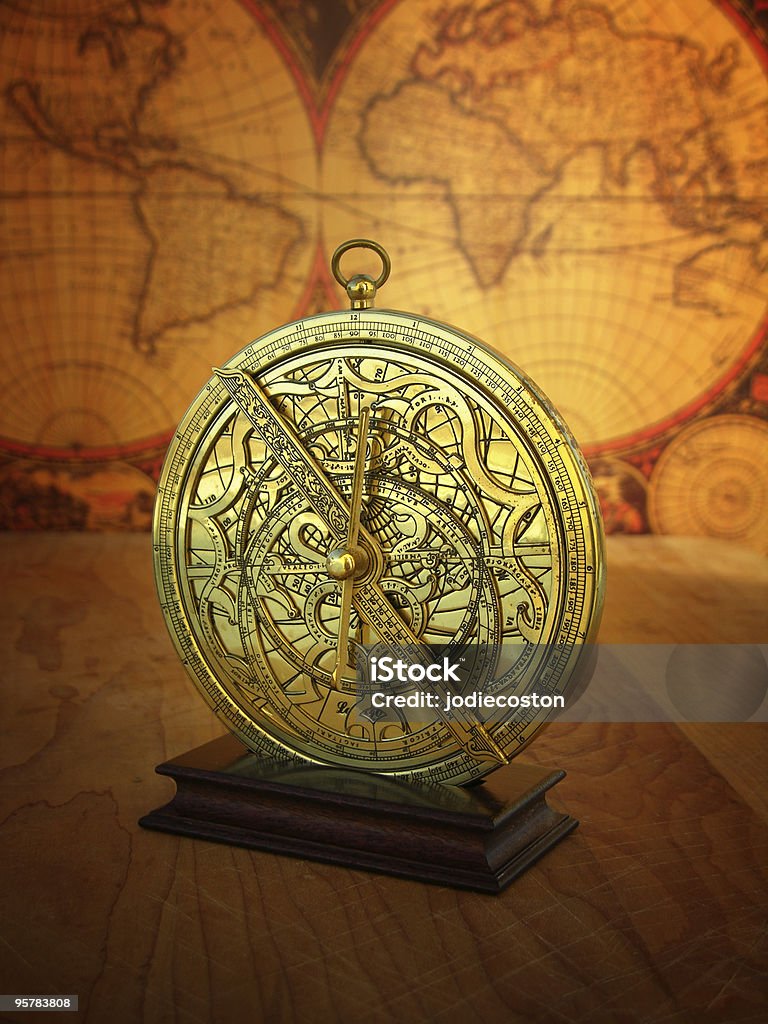TBA News
By Dr Fatima Ibrahim Al Menoufy
While in medieval Europe, the female body was seen by men, as an inferior, subordinate version of the male body, in islamic societies during this period and before, women were equal to men, were seen in diverse roles, including those of religious scholars, doctors, scientists, and key figures in governance and preserving Islamic Arab culture.
Maryam al-Asturlabi: The Arab lady of astronomy and inventor of GPS a thousand years before the world discovered it
Maryam al-Asturlabi was born during the tenth century CE/ fourth century AH. She grew up in Aleppo to a scholarly family. Her father, Kushyar al-Jili or al-Daylami, was a renowned geographer and astronomer, and authored numerous well-known scientific works on astronomy, including “Mujmal al-Usul fi Ahkam al-Nujum مجمل الاصول في احكام النجوم ” (The Comprehensive Book of Astronomy Principles), “al-Asturlab”, and “al-Mudhal fi Sina’at Ahkam al-Nujum المدخل الى صناعة أحكام النجوم” (Introduction to the Making of Astrology Rules).
In Aleppo, Maryam al-Asturlabi became the most famous astronomer at the Hamdanid court from 944 to 967 CE.
The Astrolabe: Its Origin and Uses
Maryam al-Asturlabiyya is famous for this astronomical instrument, which overshadowed her name and became known as “the Astrolabe.” The astrolabe is one of the most important astronomical instruments invented by the Arabs at one time, and one with which they excelled. It enabled them to become pioneers in astronomy and other sciences.
While the astrolabe originated in ancient Greece, it was further developed and perfected by the Arabs. It enabled them to become pioneers in astronomy and other sciences.
One of the most important additions Muslims made to the astrolabe was its use in determining the direction of the Qibla (direction of prayer), due to its great accuracy. This became extremely necessary after the expansion of the Islamic Caliphate. This was accomplished by determining the direction of the Earth based on the sun and the person’s point of contact with the direction of the Qibla.
Determining religious occasions, including the times of prayer, fasting, breaking the fast, and Hajj, as well as the beginnings and ends of the Arabic months, was one of the most important tasks that the development of the astrolabe focused on. The astrolabe was also used for maritime navigation and remained of great importance until the eighteenth century, when the telescope and other observational instruments were invented.
What did Maryam add to the astrolabe?
Maryam al-Asturlabi invented the complex astrolabe and developed it over several stages. The Arabs called this astronomical instrument “”ذات الصفائح” the one with the plates.” It was known as a two-dimensional model of the celestial dome, describing the shape of the sky at a specific time and place, as determined by the user. She drew the shape of the sky on it, including various celestial bodies and their precise locations, enabling the user to understand the shape of the sky, the nature of the hours, and other information. in fact, Maryam developed the complex astrolabes used for navigation and astronomy, influencing the development of space navigation.
In those distant times, astrolabes were small computers used to precisely determine the location of celestial bodies such as the sun, stars, and planets. Resembling pocket watches, they helped astronomers determine several things, such as measuring the height of the sun in the sky and determining the times of day and night with extreme precision. It was a technological revolution similar to the GPS system.


Leave a Reply